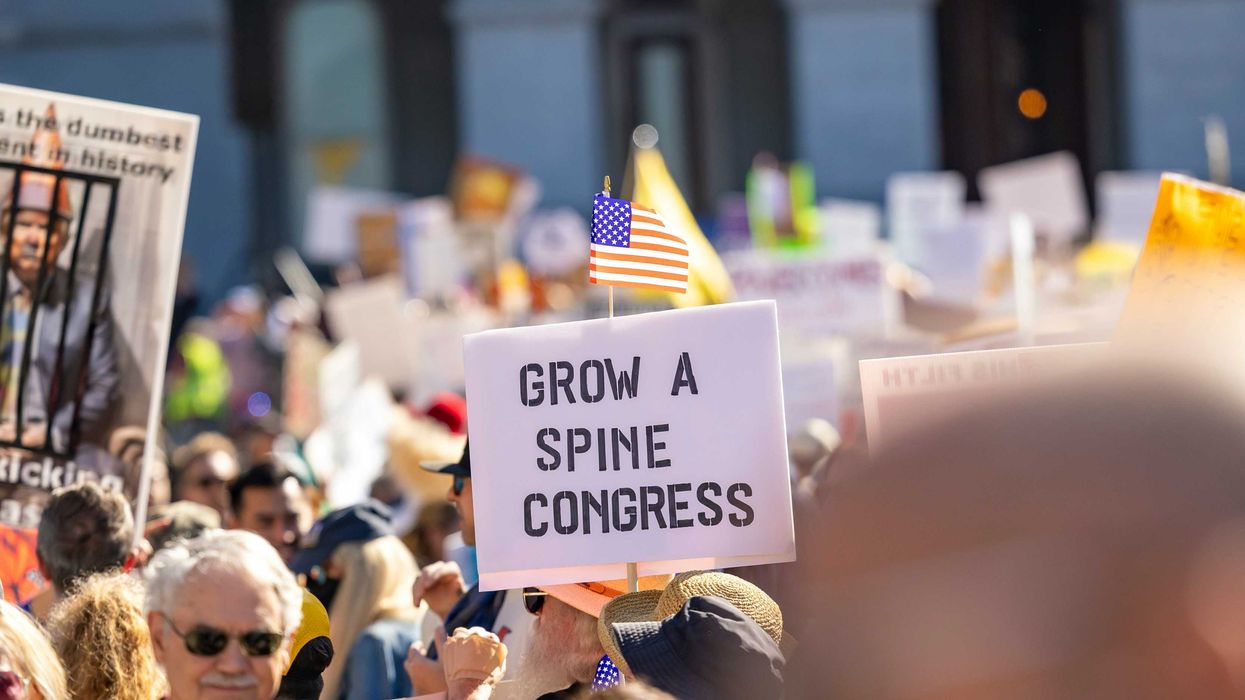Cupp is the host of "S.E. Cupp Unfiltered" on CNN.
Donald Trump has a woman problem.
That sounds like an obvious statement about the thrice married former president who is currently defending himself against charges he paid off a porn star he slept with just months after his wife gave birth to their son.
But Stormy Daniels — said porn star — isn’t the only woman stalking the embattled mogul, tying up his time and money, and threatening to upend his chance at a second term.
There’s E. Jean Carroll. A jury found Trump liable for sexually assaulting her in the mid-1990s, and then awarded her $83.3 million in punitive and compensatory damages after Trump defamed her in denying those claims.
There’s also New York State Attorney General Letitia James and Fulton County District Attorney Fani Willis, two women who are pursuing additional charges against Trump in separate cases.
But it might not be a woman named Stormy, E. Jean, Tish or Fani who end Trump’s political aspirations. It might be a woman named Nikki.
You remember Nikki Haley, the former South Carolina governor who took on Trump in the Republican primary a million years ago — or earlier this year?
Well, despite dropping out of the race after Super Tuesday, her ghost continues to haunt Trump in some very significant and, for him, ominous ways.
On Tuesday night, Indiana Republican primary voters unsurprisingly awarded Trump all 58 of their delegates. But somewhat surprisingly, more than 20% of them voted against him. While he handily won 78.3% of the vote, the 128,000 Republican voters who instead pulled the lever for Nikki Haley sent the presumptive nominee a serious message: “We are not with you.”
Lest you think that an anomaly, late last month 83.4% of Republicans in Pennsylvania voted for Trump. But significantly, 16.6% — or roughly 158,000 — voted for Haley.
There’s more.
In Washington state, Haley won 19.3% — 150,832 votes — of the Republican primary vote. In Arizona, she won 17.8%. In Illinois, she won 14.5%. In Ohio, she won 14.4%.
This was all after Haley had officially dropped out of the race.
Needless to say, Trump should be very concerned.
For one, there’s the bad optics of a former president losing as much as 20% of his base to someone who is no longer running.
But, obviously, there’s also the math. In as tight a general election as this is turning out to be, Trump simply can’t afford to lose that much of his base.
In 2020, the battleground states that determined the fate of the election were decided by even fewer voters than the groups currently going for Haley.
In Michigan, Joe Biden beat Trump by just 154,188 votes. In Arizona, Biden won by only 10,457 votes. In Georgia, you remember, Trump asked the secretary of state to “find 11,780 votes, which is one more than we have,” in order to overturn the election.
For Trump those are some tight — and terrifying — margins.
There are likely myriad reasons why a not insignificant number of Republicans are still refusing to back him. Some are sick of the chaos, the trials, the constant drama, distractions, and unseriousness. Others are turned off by Trump’s MAGA acolytes in Congress, like Rep. Marjorie Taylor Greene and Rep. Lauren Boebert, who consistently embarrass the party.
But there’s evidence a single issue is helping to drive those numbers: abortion.
According to a recent Wall Street Journal poll of seven battleground states, 39% of suburban women “cite abortion as a make-or-break issue for their vote — making it by far the most motivating issue for the group.”
And, “nearly three-quarters of them say the procedure should be legal all or most of the time, and a majority thinks Trump’s policies are too restrictive.”
Considering Trump keeps bragging about overturning Roe v. Wade, it’s not likely he can win those voters back.
It’s a question as to whether he’s even trying, in fact.
While he’s attempted to mitigate the blowback from a number of unpopular legislative wins against abortion rights by punting the issue rhetorically to the states, he’s explicitly told Haley voters he doesn’t want them.
After she won 43% of the vote in the New Hampshire Republican primary, Trump warned, “Anybody that makes a ‘Contribution’ to Birdbrain [Nikki Haley], from this moment forth, will be permanently barred from the MAGA camp. We don’t want them, and will not accept them…!”
So the big question looms: Where do these voters go if Trump isn’t trying to win them back? Will they stay home? Vote for Biden? RFK Jr.?
They have a plethora of options other than holding their nose and voting for him. Believe it or not, despite dropping out, Nikki Haley might just be the woman standing between Trump and the White House.
©2024 S.E. Cupp. Distributed by Tribune Content Agency, LLC.




















